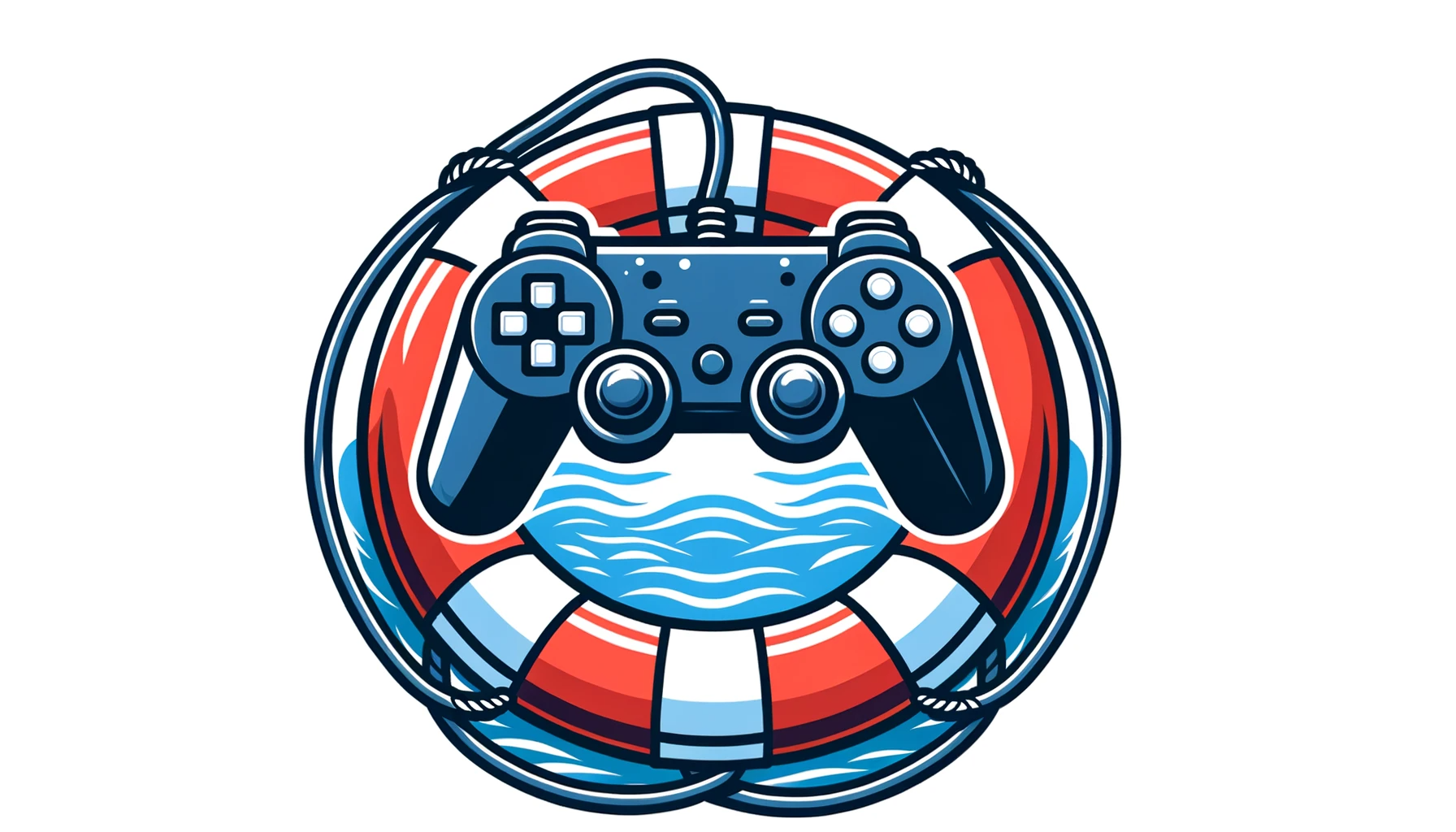Support & Moderation
FAQs & Self-Service
Key KPI: Help Page Views vs. Support Tickets
Key Takeaways
- Self-Service Efficiency: The push towards self-service in the gaming industry is designed to proactively address a diverse range of player queries, allowing them to return to their game swiftly. The Key KPI, Help Page Views vs. Support Tickets, serves as a barometer to measure the success of these resources.
- In-game Help Desks: Platforms like Helpshift have revolutionized player support by embedding FAQs, guides, and resources directly into games. This not only respects the player’s immersion but has also been shown to drastically reduce direct support queries, emphasizing the importance of real-time troubleshooting.
- Balancing Act: While self-service tools efficiently handle general queries, they don’t replace the need for dedicated customer support. It’s imperative to strike a balance between automated solutions and human support to ensure every player concern, whether common or intricate, is addressed promptly.
Ever played a game and hit a snag, only to find yourself scrambling for answers? If so, you’re not alone. But, imagine if every time you had a question, the answer was right there, readily available. Sounds good, right?
In the world of gaming, as in many sectors, there’s a strong push towards self-service. With a diverse player base spanning various ages, cultures, and gaming proficiencies, there’s bound to be a plethora of queries. The goal is to address these proactively, so players can swiftly get back to what they love most: gaming.
But how do we gauge the effectiveness of these self-help resources? Enter our Key KPI: Help Page Views vs. Support Tickets. Simply put, if a lot of players are visiting the help pages and only a few are reaching out to customer support afterward, it means the FAQs and guides are doing their job.
A shining example in this domain is Helpshift. As a pioneer in the customer service sphere, Helpshift offers SDKs that game developers integrate into their apps, providing players with an in-game help desk. By embedding FAQs, guides, and other resources directly into the game interface, players can troubleshoot in real-time without breaking their gaming flow. Data from Helpshift has revealed that games leveraging their platform have seen a significant drop in direct support queries, highlighting the power of effective self-service.
However, it’s important to note that the presence of self-service doesn’t mean sidelining customer support altogether. The goal is to strike a balance. While FAQs tackle common questions, a dedicated support team is crucial for more intricate issues.
In conclusion, integrating comprehensive FAQs and self-service tools is not just a nod to efficiency—it’s about respecting the player’s time. It’s the game industry’s way of saying, “We’ve got your back, so you can focus on your next epic win.” After all, who wouldn’t prefer finding answers at their fingertips over waiting in a support queue?
Support Channels: Chat, Social, Web, In-App
Key KPI: First Response Time (FRT) and Average Handle Time (AHT)
Key Takeaways
- Diverse Support Channels: It’s not just about having multiple avenues of support, but also about the efficiency and quality of responses in each.
- Time is Precious: Quick response and resolution times aren’t just KPIs—they’re the backbone of player satisfaction.
- Community Engagement: Platforms like Discord offer a direct line to the heartbeats of gamers, making them indispensable for fostering loyalty and feedback.
We’ve all been there: Deeply engrossed in a game, only to be abruptly halted by a glitch or a burning question. Panic strikes. You want solutions, and you want them pronto. It’s moments like these that highlight the immense significance of effective and diverse support channels.

In the contemporary gaming world, developers are pushing boundaries, not just in creating immersive experiences but also in fortifying their support infrastructure. The range of channels on offer—Chat, Social, Web, and In-App—speaks volumes of this commitment. Yet, variety isn’t the sole determinant of success; it’s the promptness and quality of responses that players truly value.
Let’s dissect it channel by channel:
- Chat: The instant lifeline for gamers. It’s interactive, it’s real-time, and it promises swift resolutions.
- Social: With platforms like Twitter, Instagram, and Facebook, players voice their praises and grievances alike. A timely response here isn’t just a resolution—it’s a public declaration of a brand’s allegiance to its community.
- Web: This might seem conventional, but it’s far from obsolete. It’s the hub for FAQs, bustling community forums, and the traditional support ticket system.
- In-App: This is immersive support at its best. Resolving issues without making a player leave the game? It’s the epitome of seamless service.
To gauge the efficiency of these channels, two KPIs stand front and center: First Response Time (FRT) and Average Handle Time (AHT). While FRT gauges the swiftness of initial acknowledgment, AHT delves into the resolution depth, assessing the duration to conclusively address an issue.
Consider our hypothetical “Game GHI”. Their data pointed to a direct correlation: longer response times were detrimental to player satisfaction. Hence, they embarked on a mission, slashing their response times by an impressive 30%. The outcome? A palpable 10% uptick in player contentment. It reiterates the timeless principle: in service, time truly matters.
But let’s not forget the community aspect. Platforms like Discord have emerged as the communal heartbeat of the gaming universe. More than a chat tool, Discord is the thriving hub where gamers bond over shared passions, discuss strategies and celebrate achievements. For developers, Discord is invaluable: it’s the pulse of the community, delivering real-time feedback and fostering deeper connections. Engaging here isn’t optional; it’s the key to long-term loyalty.
In conclusion, while jaw-dropping graphics and riveting narratives remain central, it’s the amalgamation of swift support and active community engagement that truly enriches the player experience. In gaming, every moment is precious, both in-game and out. Investing in these facets isn’t just strategy—it’s building bridges to gamers’ hearts. And in this realm, bridges, not barriers, lead to success.
Moderation Policies
A Closer Look at the Data
- Toxicity on the Upswing: From 2021 to 2023, there’s been a noticeable uptick in players who report witnessing or being on the receiving end of toxic behavior—a rise from 68% to 74%. To put that into perspective, nearly three out of every four players have come across toxicity in some form.
- Frequent Encounters: Half of the gaming community regularly stumbles upon toxic actions within games. This isn’t an occasional mishap but a recurring pain point for players.
- Perception Gap: There’s a difference in perception between those who craft the games and those who play them. Developers are more tuned into the rise in toxicity, with 53% acknowledging its growth over the past year, as opposed to 32% of players.
- Types of Toxic Behavior: The landscape of toxicity is changing. While classic behaviors remain, new forms such as cheating, tampering, and intentional disruptions are becoming more prominent.
Developers’ Dilemma: Striking the Right Balance
Developers are undoubtedly aware and are taking steps. But they’re walking a tightrope, balancing multiple priorities:
- Differing Priorities: While game creators lean into cross-platform features—valuing easy communication (38%) and shared progression (31%)—players’ wish lists look a bit different. For them, fair matchmaking (29%) and a harassment-free, toxicity-free environment (34%) take precedence.
- Reasons Players Bid Adieu: If game developers want to tackle player churn, they should heed players’ feedback. Repetitive gameplay (38%), laggy experiences (37%), and a lack of fellow players or friends (34%) top the list of game-quitting triggers.
- Tackling Toxicity: Developers are getting proactive. Many are integrating third-party or hybrid tools designed to detect and curb toxic behavior. This allows them to concentrate on what they do best—crafting captivating stories and game mechanics.
Final Thoughts
Toxic behavior is a complex issue that doesn’t have a one-size-fits-all solution. But the data sheds light on the growing challenge and underscores the importance of developers and players collaborating to foster safer, more inclusive gaming spaces. After all, at the heart of every game is the desire to connect, compete, and share unforgettable moments. Let’s ensure that these moments are untainted by toxicity.





